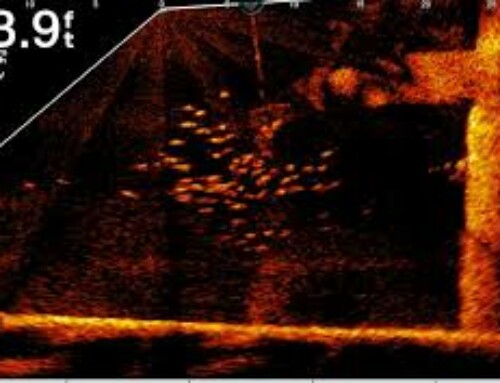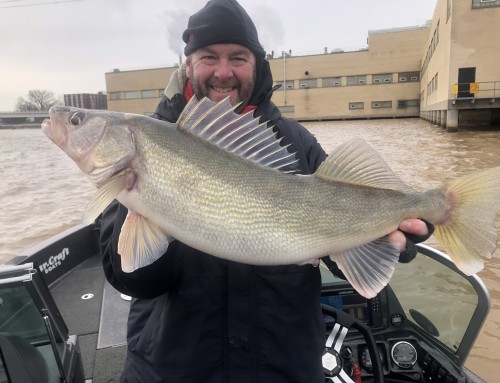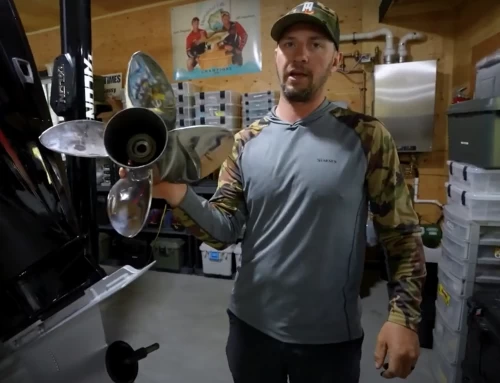Winnebago Pan fish – Oh so good.
Any angler who has fished the Winnebago System since 2004 has come to the realization that a population explosion of pan fish has occurred on these waters. Perch have always been abundant, but the explosion of the bluegill and crappie populations was welcome news. With many anglers changing their target to pan fish, how does this impact the fisheries?
 A simplified overview of the cause of the population explosion goes back about 10 years, when water clarity on Lake Winnebago improved. The improvement came from several reasons including the invasive zebra mussels, and better management of fertilizers used in agriculture (which can enter the system from rainwater runoff). The clearer water resulted in more weeds providing cover for young pan fish.
A simplified overview of the cause of the population explosion goes back about 10 years, when water clarity on Lake Winnebago improved. The improvement came from several reasons including the invasive zebra mussels, and better management of fertilizers used in agriculture (which can enter the system from rainwater runoff). The clearer water resulted in more weeds providing cover for young pan fish.
Since 2006, the year classes of the pan fish have exploded, with excellent hatches each year with a pinnacle class in 2011. Pan fish are not stocked on this body of water. As a matter of fact, the WI Department of Natural Resources (DNR) does very little pan fish stocking on any lake in Wisconsin.
The DNR is currently studying the impact of pan fishing statewide. In 2012, a creel study was conducted specifically on the Winnebago system starting in July and running until Oct 1. Current bag limits allow an angler to take a daily limit of 25 fish. The results were truly eye opening.
During the creel study, 1,970 random anglers participated in the program. Each boat averaged 1.86 anglers. The average trip length was about 4.5 hours. Other findings include:
- The average perch harvested was in the 7.5” to 8.5” range
- The average angler bag was 10 fish
- 77% of the perch harvested were female
- 9% of anglers brought in limits
- Total harvest amounts by species: 203 crappies, 353 walleyes, 937 bluegills and 16,685 perch.
Given the creel study, the perch numbers were astounding. The DNR estimated that from July 1 to October 1, 2012 the perch harvested on Lake Winnebago was 630,693. Total year harvest is estimated around 750,000 perch.
The south end of the lake dominated the pan fish harvest. 45% of the total harvest was taken out of the Fishermen’s Road/ Pipe, WI area. 15% of the fish were taken out of the Black Wolf launch and an equal amount was counted at the Fond du Lac launches. That results in 75% of the pan fish harvested coming from the southern third of the lake where weed cover is most common.
One alarming conclusion was the lack of larger perch (10’+) in the system. The DNR estimates that 95% of the perch population in Lake Winnebago is three years old or less. A three year old perch averages 8”, with a 10” perch at 5-7 years old. Overharvest is an obvious conclusion, but there are other yet to be defined reasons contributing to the lack of larger perch.
Overall the system is extremely healthy, with huge 2011 year classes of perch, crappie and bluegill swimming the water. Crappies should be reaching the 10” plus size this summer, so hang on to your poles. Overall, the 2012 young of the year census was the lowest in recent years, but well above the norms of the mid 80 and 90’s.
The DNR has no current plans to change bag limits on the Lake Winnebago system. They are studying how to better manage the system and all state waters. If changes were needed, they would be proposed in 2015, with a regulation change in 2016. Concluded studies favor reducing the bag limits for pan fish but only by a small margin. 





